In a world where efficiency and reliability define success, industries are moving beyond conventional sensors to smarter, more resilient solutions.
Radar technology for steel industry has emerged as one of the most trusted innovations in this shift — combining accuracy, durability, and versatility to deliver real-time insights even under extreme operating conditions.
Built for demanding industrial environments, radar-based sensors are helping manufacturers streamline processes, reduce downtime, and maintain consistent product quality — all while lowering operational costs.
Why Radar Technology Stands Out in the Steel Industry
Few industries challenge measurement systems like steel. With high temperatures, heavy dust, strong vibrations, and constant movement — traditional optical or contact-based sensors struggle to perform reliably.
Radar technology, however, thrives in these very conditions.
- Unmatched accuracy: Maintains precise distance, level, and thickness readings even at extreme temperatures — from casting zones to rolling mills.
- Non-contact operation: Performs measurements without touching the surface, reducing wear and maintenance.
- Consistent reliability: Immune to dust, scale, smoke, and vibrations common in steel plants.
- Automation-ready: Integrates easily with control systems for continuous process monitoring and smart decision-making.
This makes radar sensors ideal for continuous casting, rolling, finishing, and quality control processes — improving consistency and safety throughout the production line.
Core Applications in Steel and Metal Plants
Radar technology is adaptable — supporting a wide range of automation and measurement needs across different steelmaking stages.

Width measurement using radar in rolling mill
- Slab and Strip Width Measurement
Radar sensors deliver accurate width readings of hot slabs or flat steel in rolling mills, ensuring dimensional precision and reducing waste.
- Thickness Measurement
With high-speed, contactless scanning, radar enables sub-millimeter thickness detection — even in red-hot conditions up to 1600 °C — enhancing product uniformity.
- Molten Metal Level Monitoring
Radar systems monitor molten metal levels in ladles, tundishes, or furnaces, enabling safer operations and consistent casting quality.
- Bundle and Coil Positioning
For finished goods handling, radar assists in coil alignment, bundle stacking, and position sensing — automating what once required manual oversight.
- Obstacle Detection and Collision Prevention
Radar sensors act as a second set of “eyes” for cranes, vehicles, and robotic arms, enhancing plant safety and preventing costly collisions.
Smarter, Stronger, and Future-Ready
Radar technology is more than a sensor — it’s an enabler of Industry 4.0 automation.
With real-time data, contactless precision, and long-term reliability, it empowers steel producers to modernize operations, optimize resources, and achieve higher throughput with lower risk.
As industries evolve, radar sensing continues to redefine the boundaries of what’s measurable — ensuring that even in the harshest environments, precision never falters.

Leave a Reply